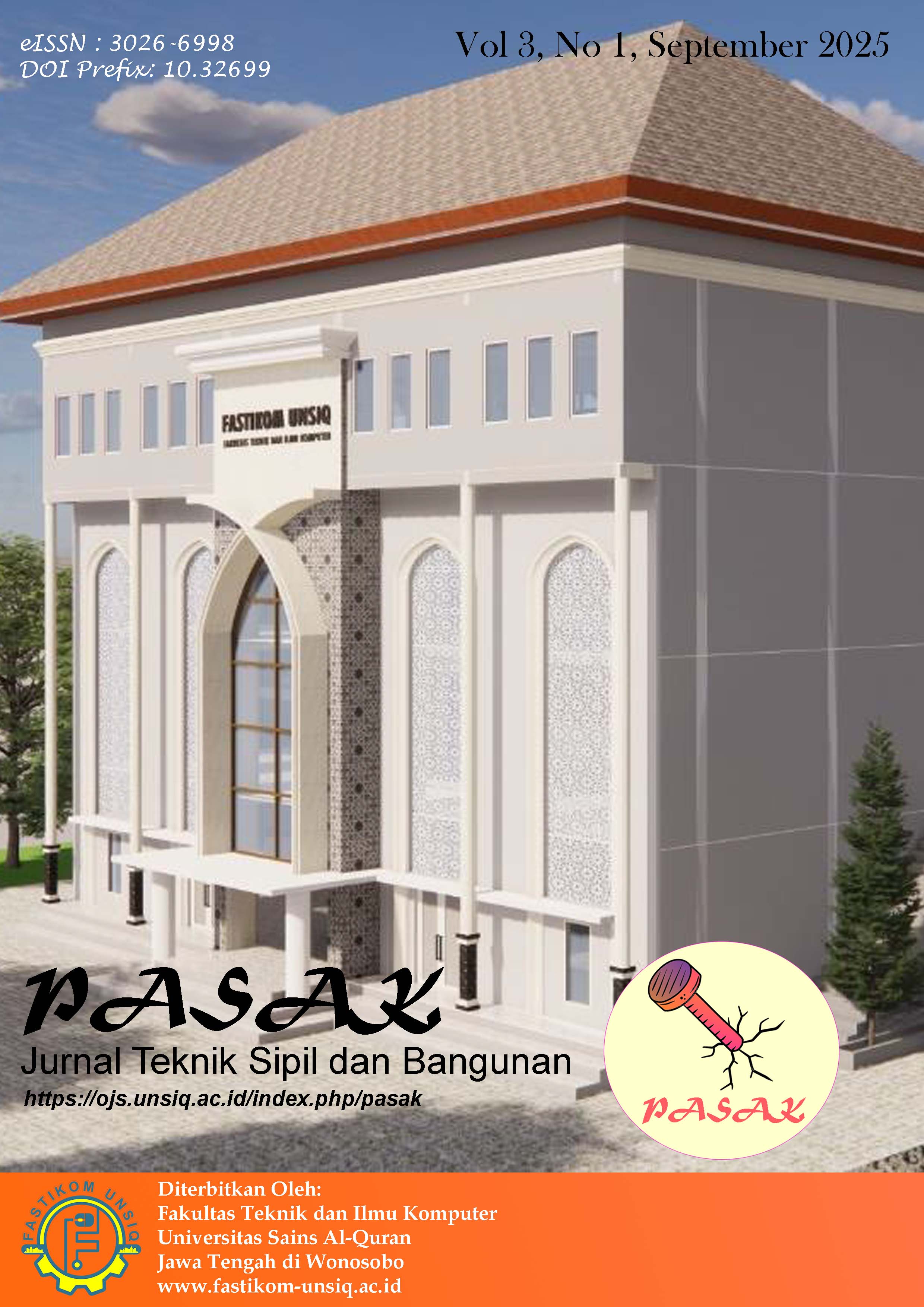Analisis Pengaruh Lensa Lapisan Pasir Terhadap Efektifitas Beban Vakum Konsolidasi Di Jakarta Utara
Abstract
The PVD Vacuum Consolidation treatment option is carried out to meet construction safety criteria, especially regarding residual settlement. Often after carrying out treatment in the field using the PVD Vacuum Consolidation method, the results of pre-consolidation stress and shear strength values achieved are less than expected, so that after the PVD Vacuum Consolidation work period is completed, relatively large settlements still occur. This research wants to look for factors that cause discrepancies in the pre-consolidation stress and shear strength achieved after soil improvement with PVD vacuum consolidation. The layer of sand soil between the compressible layers that is given PVD vacuum treatment causes the load distribution from the surface to the base of the PVD to be less than optimal. This is proven by the increase in load distributed through observations of the vacuum gauge and piezometer which shows an increase in the load given to the soil layer after the presence of a slurry wall around the vacuum area to close the air cavity of the sand layer. The results of CPTu test data interpretation can be used to determine the effectiveness of PVD Vacuum Consolidation method. From the CPTu test using the Bq* parameter it can be interpreted to find out the OCR value and then proceed to calculate the Pc' value or according to Mayne, 2005, it is called yield stress (sp'). It can be interpreted from the CPTu test results with the parameters qnet, Du2 and qE. Although there is a clay layer that has received the load according to the application, it is not certain that the soil has experienced a fairly good increase in shear strength.






